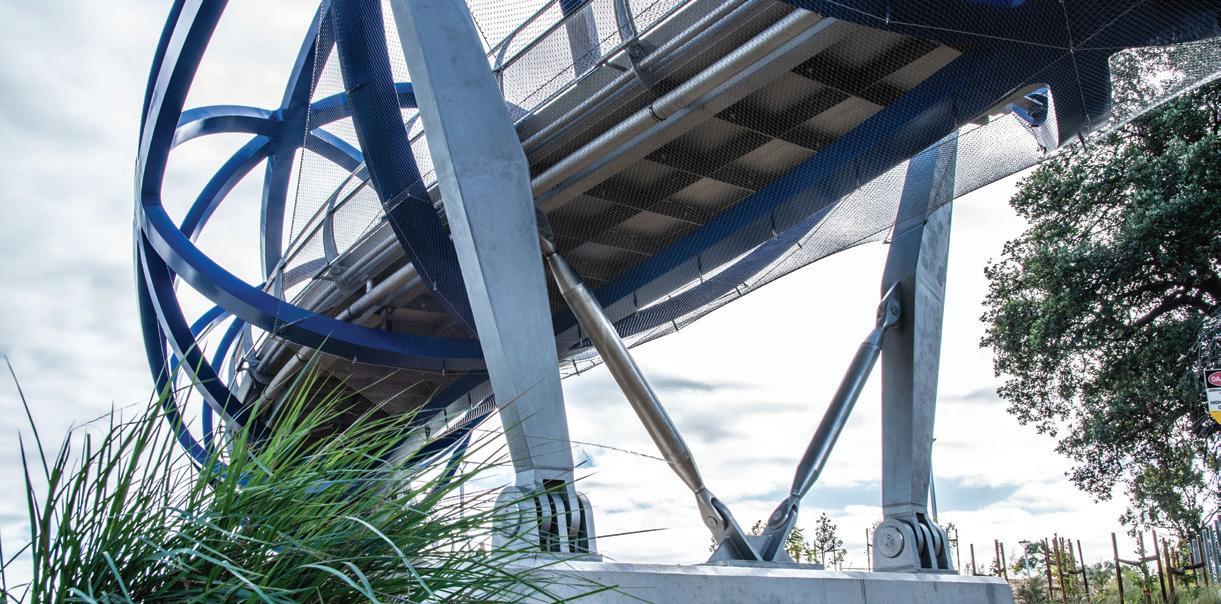
1 minute read
Bent on a better bike


Advertisement



Made from Outokumpu’s Forta 301 (UNS S30100) temper rolled stainless steel, the lightweight scooter, powered by a lithium battery, and has a third of the carbon footprint of other scooters. It’s a kind of “industrial origami” where robots fold single sheets of stainless steel into motorbikes and scooters. Sweden-based startup, STILRIDE was bent on creating a lightweight, electric scooter with the smallest carbon footprint possible. Years in the making, their fi rst product Sport Utility Scooter One (SUS1) will be taking to the streets late 2022. Founders, Jonas Nyvang and Tue Beijer and their team, have demonstrated a method of designing and constructing the vehicles with steel sheets as the raw material using its proprietary technology called STILFOLD. Challenging the traditional views, they use robotic industrial origami to fold structures from a fl at sheet of metal true to the material’s characteristics and geometric nature. Curve folding is a well-established craft but has rarely been used in manufacturing. Conventional scooters consist of a tubular frame and a plastic body while the SUS1’s chassis is constructed by taking a single sheet of stainless steel and cutting and folding it. According to the company, this method can signifi cantly reduce the environmental impact of production compared to conventional manufacturing techniques as it requires fewer raw materials and components. The goal was to build the most attractive and sustainable electric scooter in the world. The result? Unconventional, rideable art for the modern scooterist.






